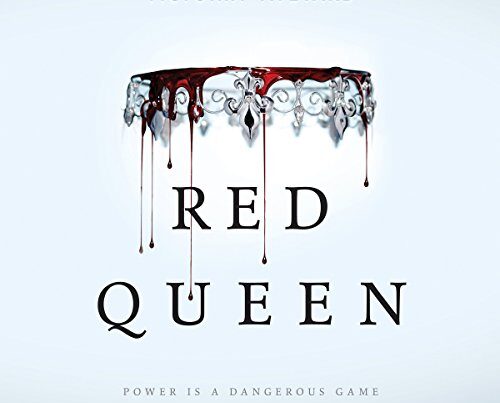“The Boy in the Striped Pajamas” by John Boyne tells the story of a friendship between two boys during World War II. One boy is the son of a Nazi commandant; the other is a Jewish prisoner.
John Boyne’s novel, “The Boy in the Striped Pajamas,” explores the innocence of childhood amidst the horrors of the Holocaust. The story centers around Bruno, an eight-year-old boy who moves to a house near a concentration camp. He befriends Shmuel, a Jewish boy of the same age, through the camp’s fence.
Their friendship grows despite the barriers between them. This poignant tale highlights the stark contrast between innocence and the brutal reality of war. The narrative serves as a powerful reminder of the impact of prejudice and the importance of human connection.
John Boyne’s Inspirations For Writing
John Boyne’s novel, The Boy in the Striped Pajamas, is a poignant tale. It explores the innocence of childhood amid the horrors of the Holocaust. Boyne’s inspirations for writing this moving story stem from various sources. These include historical events and personal connections. Let’s delve deeper into these inspirations.
Historical Context
John Boyne was deeply moved by the tragic events of World War II. He wanted to shed light on the Holocaust through a child’s eyes. The contrast between the innocence of childhood and the horrors of the Holocaust is stark. Boyne studied many historical texts and survivor accounts. He sought to create an authentic and respectful portrayal of this dark period.
Boyne’s research included:
- Reading survivor testimonies
- Studying historical documents
- Visiting historical sites
These steps helped Boyne create a vivid and accurate setting. He aimed to honor the memories of those who suffered.
Personal Connections
John Boyne had a personal connection to his story. He often thought about the innocence of his childhood. This made him wonder how children coped during the Holocaust. He believed that a child’s perspective could bring a fresh take on historical events.
Boyne’s reflections included:
- Recalling his own childhood experiences
- Imagining the experiences of children in wartime
- Discussing these ideas with peers and historians
These personal insights helped shape the characters and plot. Boyne’s empathy for children shines through in his writing.

Key Themes In ‘the Boy In The Striped Pajamas’
‘The Boy in the Striped Pajamas’ by John Boyne explores deep themes. These themes make the story impactful and thought-provoking. Let’s dive into the key themes.
Innocence And Friendship
The novel highlights the innocence of childhood. Bruno and Shmuel form a friendship despite the circumstances. Their bond shows that true friendship knows no boundaries. They are unaware of the war’s harsh realities. This innocence makes their friendship pure and touching.
War From A Child’s Perspective
The story is told from Bruno’s point of view. This perspective shows the war’s effects on children. Bruno doesn’t understand the reasons behind the war. His confusion and curiosity reflect a child’s innocent mind. This unique viewpoint makes the story more relatable and poignant.
The Impact Of Prejudice
Prejudice is a central theme in the novel. The segregation between Bruno’s family and Shmuel’s family is evident. This division is based on baseless hatred and fear. The impact of prejudice is devastating and leads to tragic consequences. The novel urges readers to reflect on the dangers of prejudice.
Critical Reception And Impact
John Boyne’s “The Boy in the Striped Pajamas” has left a significant mark on readers and critics alike. This poignant story, set during World War II, has sparked various reactions and discussions. Its reception has ranged from high praise to critical debates, reflecting its complex nature and profound themes.
Reviews And Awards
The book received numerous positive reviews. Critics praised its powerful storytelling and emotional depth. Many highlighted Boyne’s ability to handle such a delicate topic with sensitivity.
- The Guardian described it as “a small wonder of a book.”
- Publishers Weekly called it “a powerful story about innocence and evil.”
“The Boy in the Striped Pajamas” also won several awards, including:
| Award | Year |
|---|---|
| Irish Book Award | 2006 |
| WHS Children’s Book of the Year | 2007 |
Educational Use
The book has been used widely in educational settings. Teachers use it to discuss World War II and the Holocaust. Its simple language makes it accessible to younger readers.
- It introduces historical events in a relatable way.
- Encourages empathy and understanding.
- Promotes discussions about morality and humanity.
Many schools include it in their reading lists. This helps students learn about history through literature.
Controversies And Discussions
The book has also faced some controversies. Critics argue about its historical accuracy. Some believe it oversimplifies the Holocaust.
There are discussions about the portrayal of characters. Critics note the unrealistic depiction of the relationship between Bruno and Shmuel. Historians argue that such a friendship would have been impossible during that time.
Despite these debates, the book continues to spark important conversations. It remains a valuable tool for teaching and reflection.


Conclusion
John Boyne’s “The Boy in the Striped Pajamas” is a poignant tale of innocence and friendship. The novel’s emotional depth resonates with readers of all ages. This heart-wrenching story highlights the devastating impacts of prejudice. It serves as a powerful reminder of the importance of empathy and understanding.



